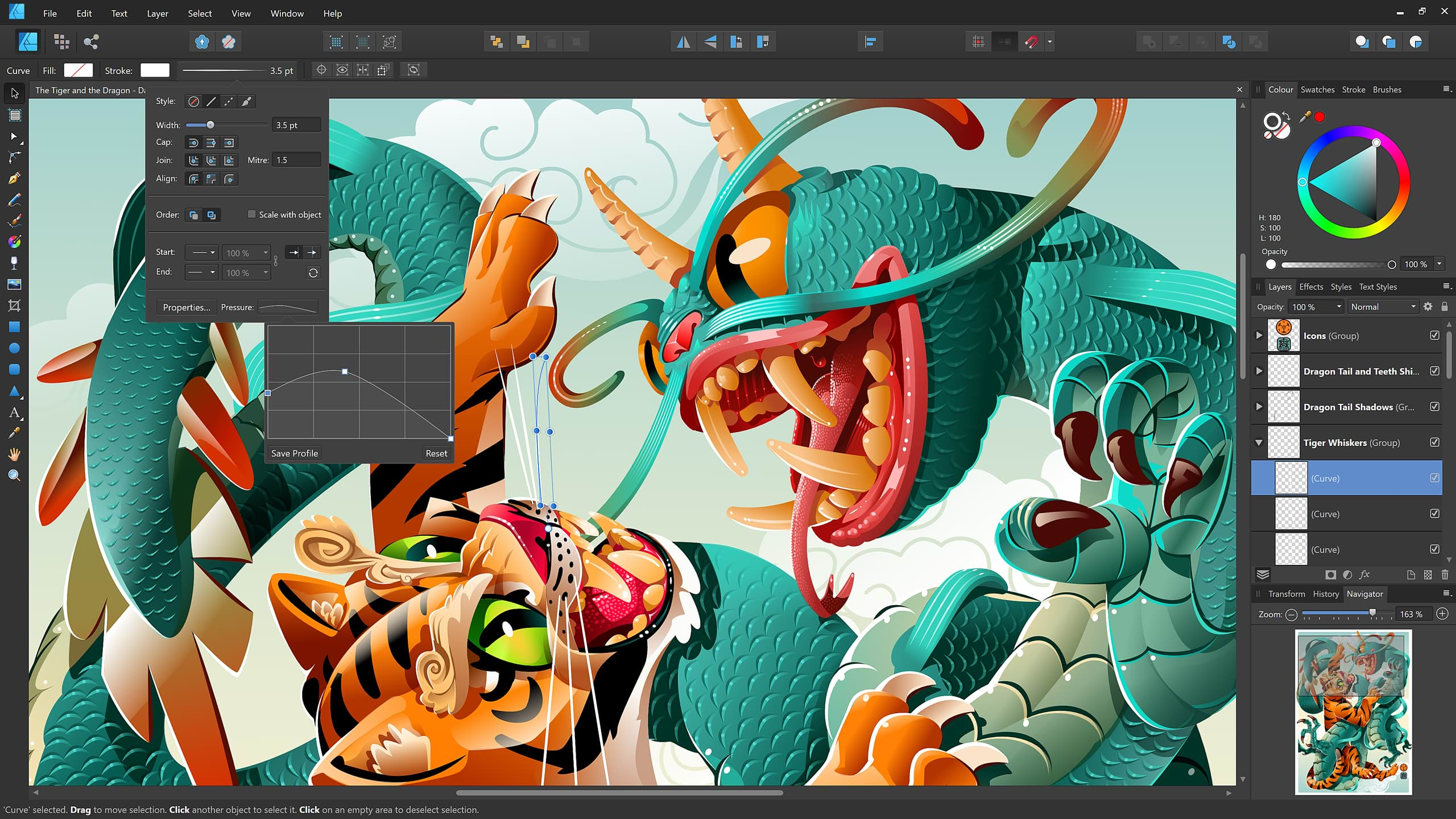
- #Artrage studio pro vs corel painter full
- #Artrage studio pro vs corel painter crack
- #Artrage studio pro vs corel painter windows
To the right of the screen you can pin various effects in position if you know you will need them.

Just trying a few random percentages using the same tools produce vastly different answers. Different arcs for Pressure, Thinners, Loading and Colour Blend all show as a percentage in the arc, below this three tools with tick or not options.
#Artrage studio pro vs corel painter full
The last two icons allow hiding of the Window and making it full screen.īy default the Settings Tab is bottom left and has some very powerful tools. Next is a lovely tool Canvas Positioner which allows you to rotate to any angle with the aid of an onscreen canvas. Beyond these is a tool to reduce or enlarge the size of the canvas, reduction will show all the canvas with a border while enlargement will require scrolling.
#Artrage studio pro vs corel painter windows
A near standard Windows toolbar is at the top of the screen with File, Edit, Tools, View and Help as the headings. The version I was sent was 3.54 and it opens – on a reasonably fast machine – in around four seconds. Finally the Real Colour Blending that I stumbled across during my first efforts. Pallete Knife can now be loaded with paint before opening. As a novice perhaps the most interesting new feature was Scripting meaning even if like me you do not know how you achieved something you can move through it to find out, in the hands of more experienced users this is a powerful tool. Package Files mean various tools can be grouped together to suit whatever project you are using. Multithreading means those with multiple processors get the speed advantage.
#Artrage studio pro vs corel painter crack
I’d also love to see a History, like in that said, as an artist’s toolbox ready to crack open and get started, ArtRage is close to perfect.I have looked elsewhere to find the new features for version 3.5 as I had no knowledge of the earlier product. And ArtRage uses a color wheel-type color picker, which sometimes makes it hard to find the right color you want: A sample palette would be a great addition to the eye dropper tool, although you could simple use a layer and delete it when you are done. If you are looking to make photo montage or use images in your paintings, you’ll need to first use a program like Paint.NET to prepare your images and import them. There’s no photo manipulation in ArtRage Studio Pro. You can open images to use as reference guides (and you can eye dropper select colors from these) or as a traceable image that’s placed on your canvas but doesn’t print or export with your image unless you want it to.



These worked exactly like I expected, again intuitive and simple, yet useful. The features I really liked in ArtRage Studio Pro were the Layers, Trace, and Ref. Once you get the hang of the elegant yet unusual UI, it’s intuitive, and surprisingly ergonomic: Everything you need to paint is within a small, easy to find place. Unlike PD Artist, however, it’s very easy to find and set the kind of media you want to use, on the type of paper or canvas you want, and the effects are staggeringly good. Just like with digital painter PD Artist (and completely unlike real-life painting), the ArtRage tools aren’t constricted by the media-you can oil paint to your heart’s desire, then water color over the top. If you are looking for spray on photo-realistic rocks and leaves, try PD Artist. Some of the sticker shapes are odd, and they don’t include things like tree leaves that you could actually use to create a realistic plant feel, like you can with $79 PD Artist’s brush effects. The two special effects tools that are part of ArtRage Studio Pro are the Glitter Tube (which smears glitter) and a Sticker Spray, which applies shapes like dice, fireballs, flowers, ladybugs, etc.


 0 kommentar(er)
0 kommentar(er)
